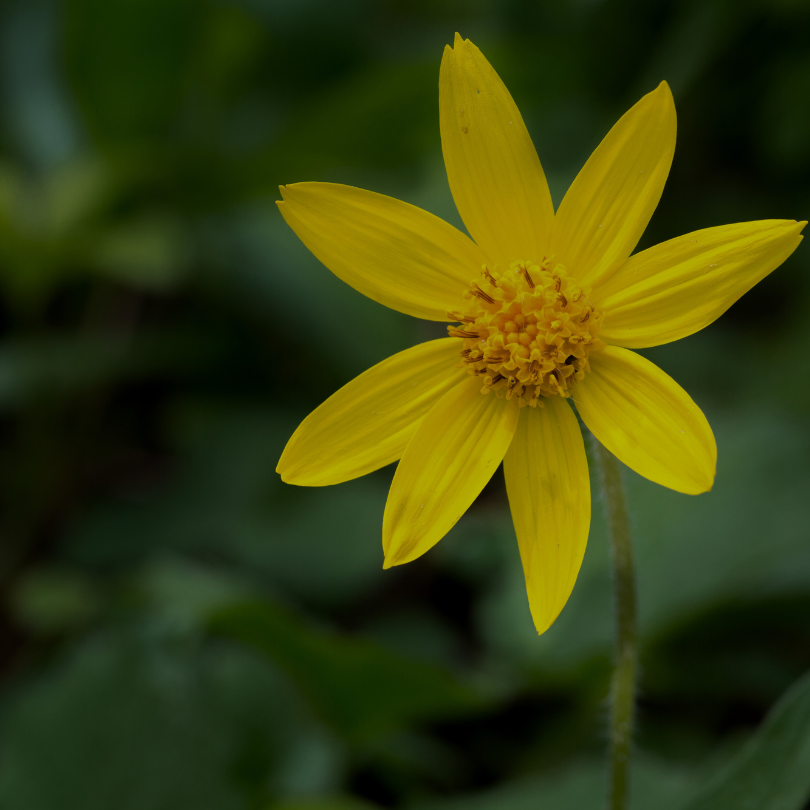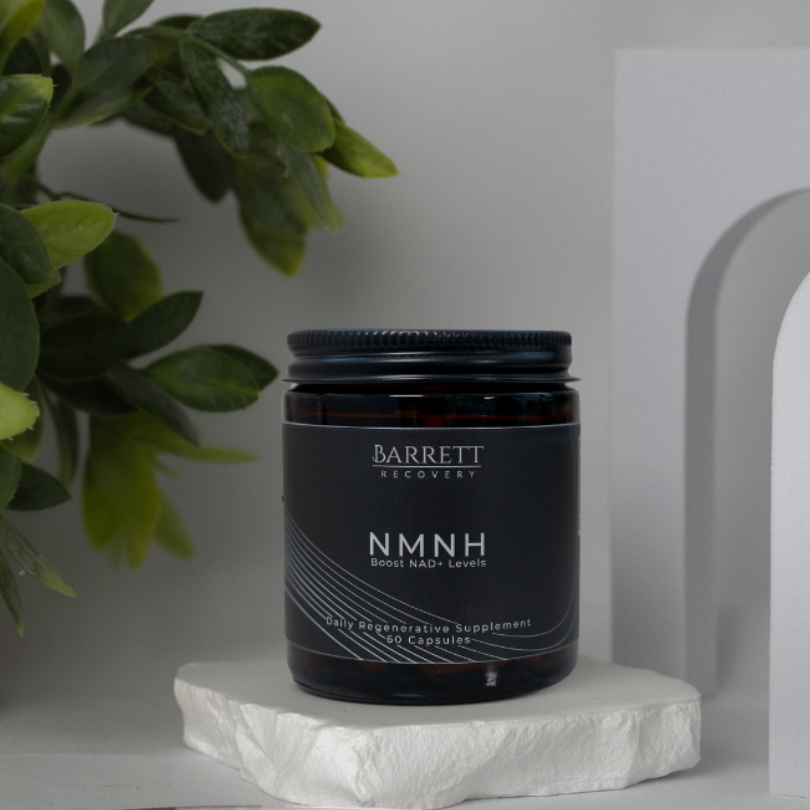The Numerous Healing Properties of Arnica

In European folklore, arnica is viewed as a magical plant with restorative properties; some stories claim that shepherds discovered the herb as their injured animals would frequently gravitate to it. In fact, one of Germany’s most influential writers, Johann Wolfgang Von Goethe, famously swore by the plant’s medicinal effect, writing about using the plant in tea form to cure a severe fever. As early as the 12th century, humans used its leaves and flowers in compresses, and by the 18th century, the herb became popular for treating bruises. In modern times, many people still turn to the herb as a homeopathic remedy for bruises and minor cuts, as it strengthens the skin’s natural defense system against inflammation. Plastic surgeons often recommend products containing arnica as a safe pre- and post-operative “secret weapon” supplement. Keep reading for more information about arnica’s healing capabilities.
What is Arnica?
Native to northern and central Europe and some parts of North America, arnica is a perennial herb in the same family as dandelions and sunflowers. Also known as wolf’s bane, this tall plant has hairy stems and leaves with yellow flowers similar to a daisy. Arnica contains a toxin called helenalin, which, if digested, is toxic to the liver and can be fatal. However, when diluted or used topically, the herb’s active chemicals have beneficial healing properties, particularly for muscle aches and joint pain.
How did ancient people use the herb?
Because of arnica’s therapeutic qualities, ancient people heavily associated it with protection. Some cultures believed that the flower heads had the power to protect their crops from the spirit of the mythical Corn Wolf and would place the plant around the fields. The plant’s use in folk medicine traces back centuries as an analgesic — nun and mystic Saint Hildegard of Bingen wrote about the plant during the 10th century. Ancient Native American and European cultures would soak arnica leaves in water to create a poultice to apply to injuries. As technology advanced, people began to use alcohol to formulate extracts for ointments.
How is Arnica used in modern homeopathic medicine?
Arnica contains around 150 different bio-active components, which are chemical molecules found in plants that are beneficial to the human body. Some of these components are antioxidant and cytoprotective, meaning they protect our cells, so ancient people were correct in their associations with the plant. Homeopathic medicine uses highly diluted natural substances to help the body heal itself. The plant is popular in homeopathic medicine because of its restorative properties and extensive history in human culture. As a homeopathic remedy, arnica is traditionally used as a salve, tincture, or in a capsulized form.
What are the benefits?
While the plant has a substantial reputation in folk medicine, as modern medicine evolved, researchers continue to study the science behind its benefits by isolating the numerous bioactive components in the plant. Research from 1981 proved helenalin had anti-inflammatory and mild pain-killing properties. Fast forward to 2007, when a clinical study presented scientific evidence that the active ingredients in homeopathic arnica products may work just as well for hand osteoarthritis as topical NSAIDs. More studies in 2021 came to the same conclusion. The natural compounds found in the herb work similarly to ibuprofen, thus offering a slew of benefits, including:
- Mild pain relief
- Burn treatment
- Reduced blood clots
- Soothes PMS symptoms
- Reduced inflammation
- Improves bruising
- Anti-biotic properties
- Increased wound healing
- Calms insect bites
Can Arnica help after cosmetic surgery?
Plastic surgeons often suggest products, whether topically or in capsule form, containing arnica as a natural remedy after a cosmetic procedure. Most intensive procedures involve sutures and scarring of some kind, and topical arnica treatments are great for relief during the recovery period. Arnica helps repair the trauma from surgery and protects the skin from further damage. Barrett Beverly Hills Arnica+ capsules contain a blend of Arnica Montata extract, vitamin C, turmeric, grape seed extract, citrus bioflavonoids, and antioxidants to promote healing and reduce pain. Arnica+ helps repair the trauma from surgery and protects the skin from further damage.
Are there side effects?
Like any other foreign substance, there are possible side effects and risks to homeopathic arnica remdies. Some risks include:
- Vomiting
- Rapid heartbeat
- Skin irritation
- Diarrhea
- High blood pressure
- Allergic reaction
- Shortness of breath
Is it safe?
However, the herb is completely safe when used correctly as an active ingredient in a topical treatment or in pill form. Some people are allergic to the plant, particularly those allergic to plants in the same family, such as ragweed and sunflowers. Arnica can negatively interact with other medications, so speak to your doctor before starting any new treatment. Arnica is not safe for babies and children and should not be used while pregnant or breastfeeding. Though more studies are necessary to prove the benefits of arnica fully, patient experience proves again and again that it’s a safe and convenient natural ingredient.




Comments